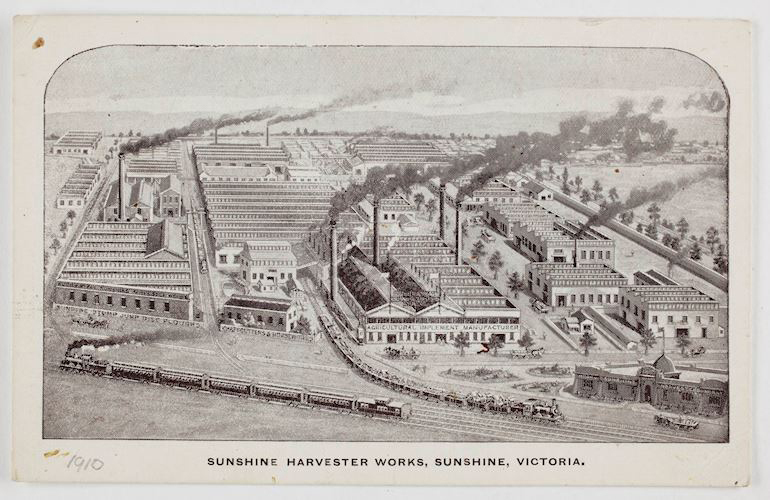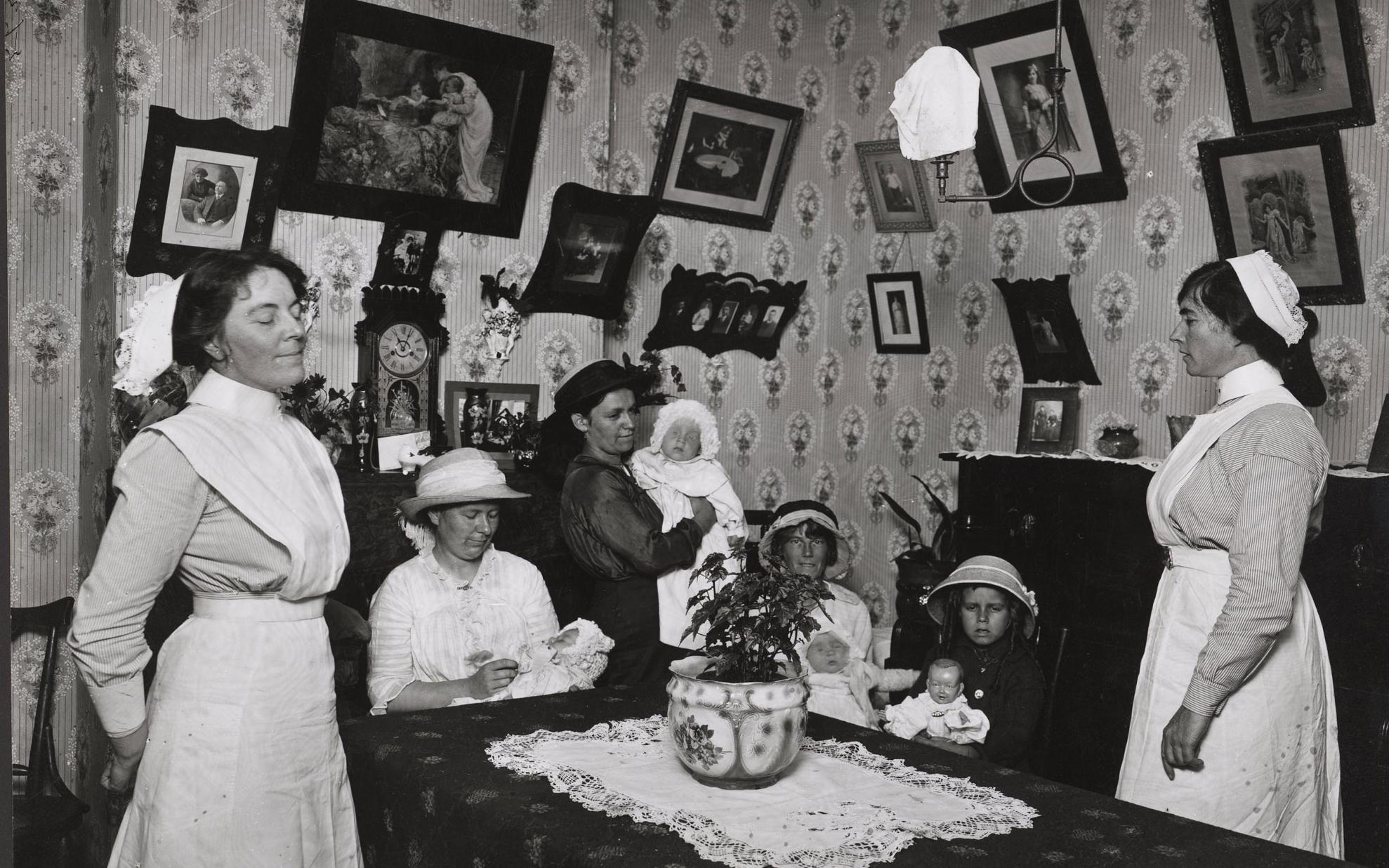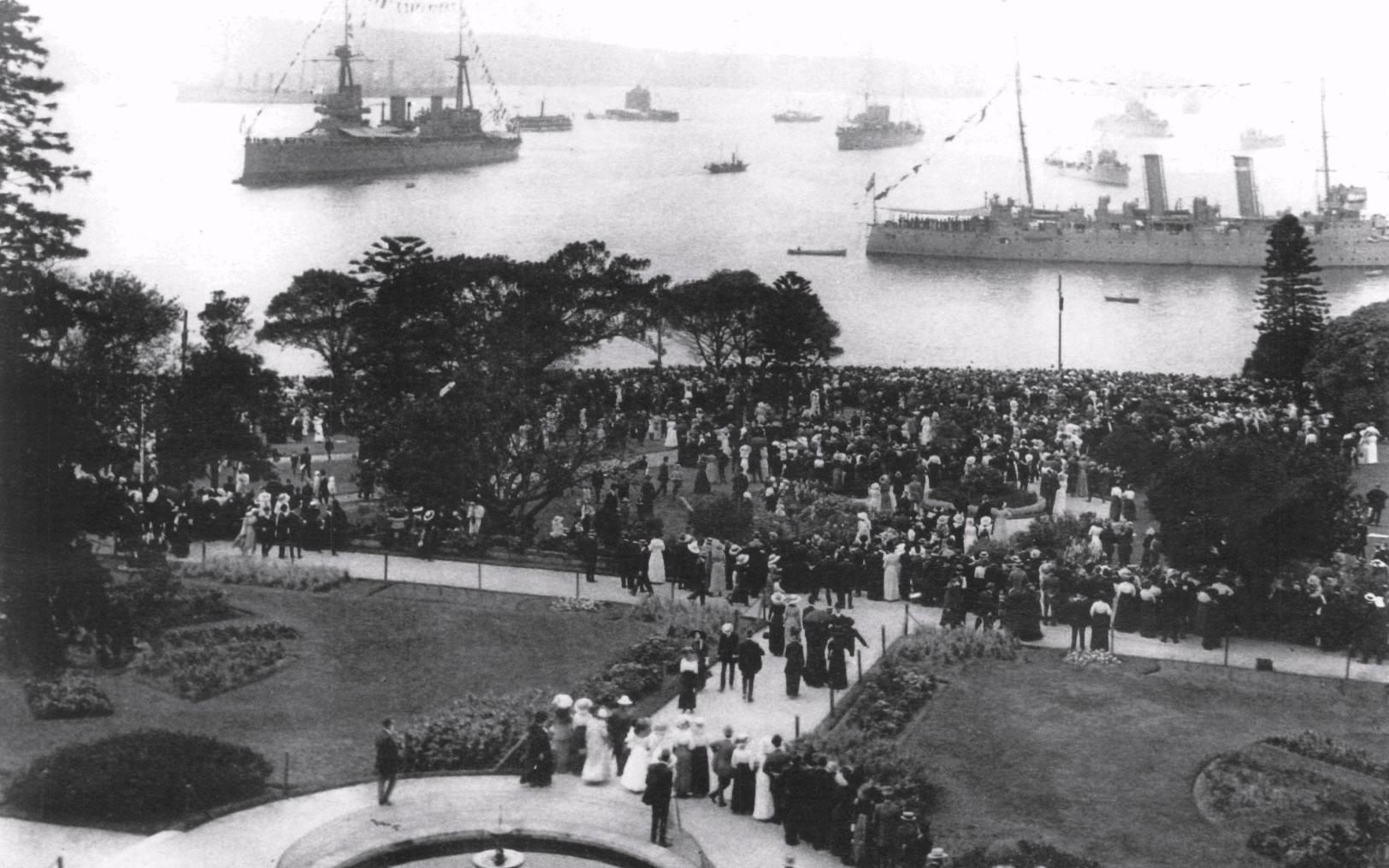Learning module:
War correspondents
War correspondents
3. Aussie workers get a minimum wage

You take a horse and cart to the big court building in Melbourne. You spend a few days conducting interviews with all the relevant people: the lawyers, the politicians, workers (most of them unionists), and various interested members of the public. This is what you learn...
In 1907 Justice Henry Bourne Higgins, President of the Commonwealth Conciliation and Arbitration Court, set the first federally arbitrated wages standard in Australia.
Using the Sunshine Harvester Factory as a test case, Justice Higgins took the pioneering approach of hearing evidence from not only male workers but also their wives to determine what was a fair and reasonable wage for a working man to support a family of five.
The judgement
In his judgement Higgins calculated that a fair and reasonable wage for manual workers was seven shillings per day or 42 shillings per week. This was a 27 per cent increase on the average unskilled worker’s salary at the Sunshine Harvester Factory.
The decision was a landmark case because, for the first time, employers were challenged to formulate wages on the basic needs of their employees rather than being solely concerned with the company’s profits.
Higgins’ ruling became the basis for setting Australia’s minimum wage standard for the next 70 years.

Your task
Mr Callister has asked you to report on the story, while developing your skills in asking questions. He wants you to come up with a series of questions that a historian might ask about this story.
Historians ask specific types of questions. Good historians ask questions about:
- causes and effects
- things that have changed from the past to now and things that have stayed the same
- what it felt like for people at the time
- how people’s perspectives about what happened in the past can be different from one another
- how we can know things about the past
- what is important from the past.
Complete this grid, asking questions about the ‘Harvester Judgement’. A few have been done to get you started...
| Event | Situation | Person | Reason | Means | |
|---|---|---|---|---|---|
| Present | |||||
| Past | |||||
| Probability | |||||
| Imagination |
You complete the question grid and get it back to your boss, Mr Callister, along with your report.
‘Great work youngster! Now, I’ve got a couple of stories lined up here for you, take your pick’.
Which story do you want to work on next?









